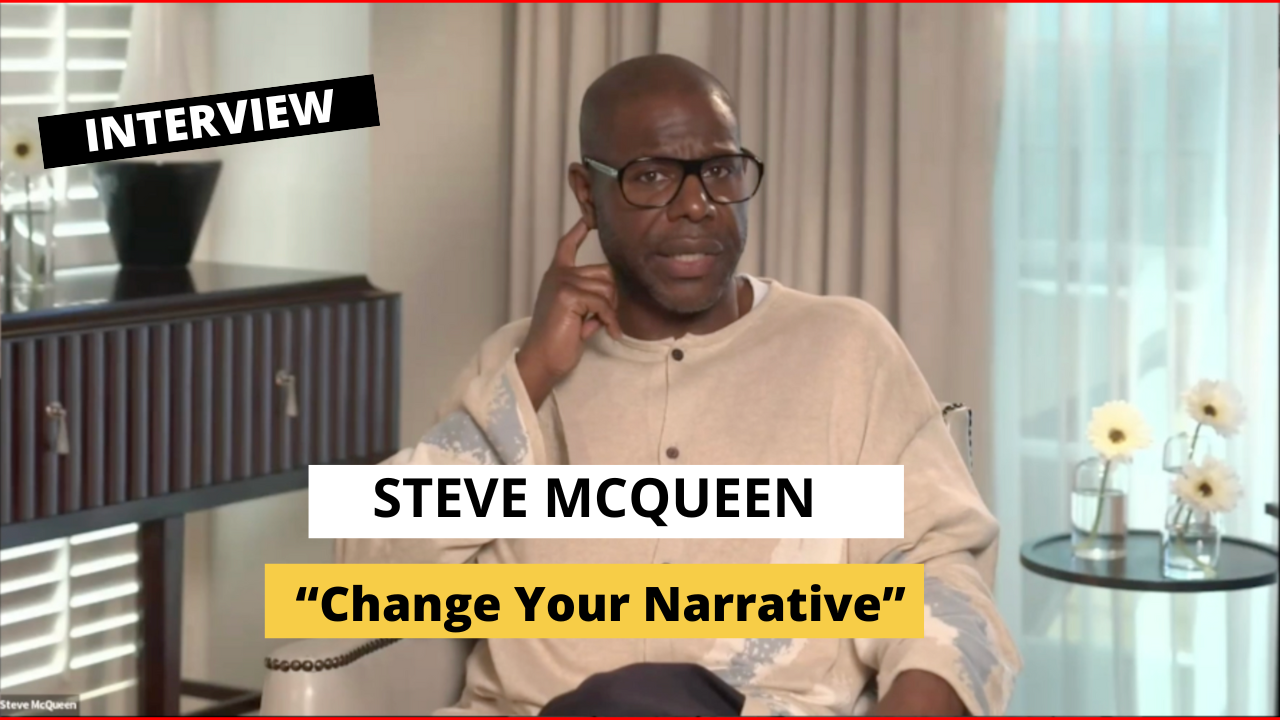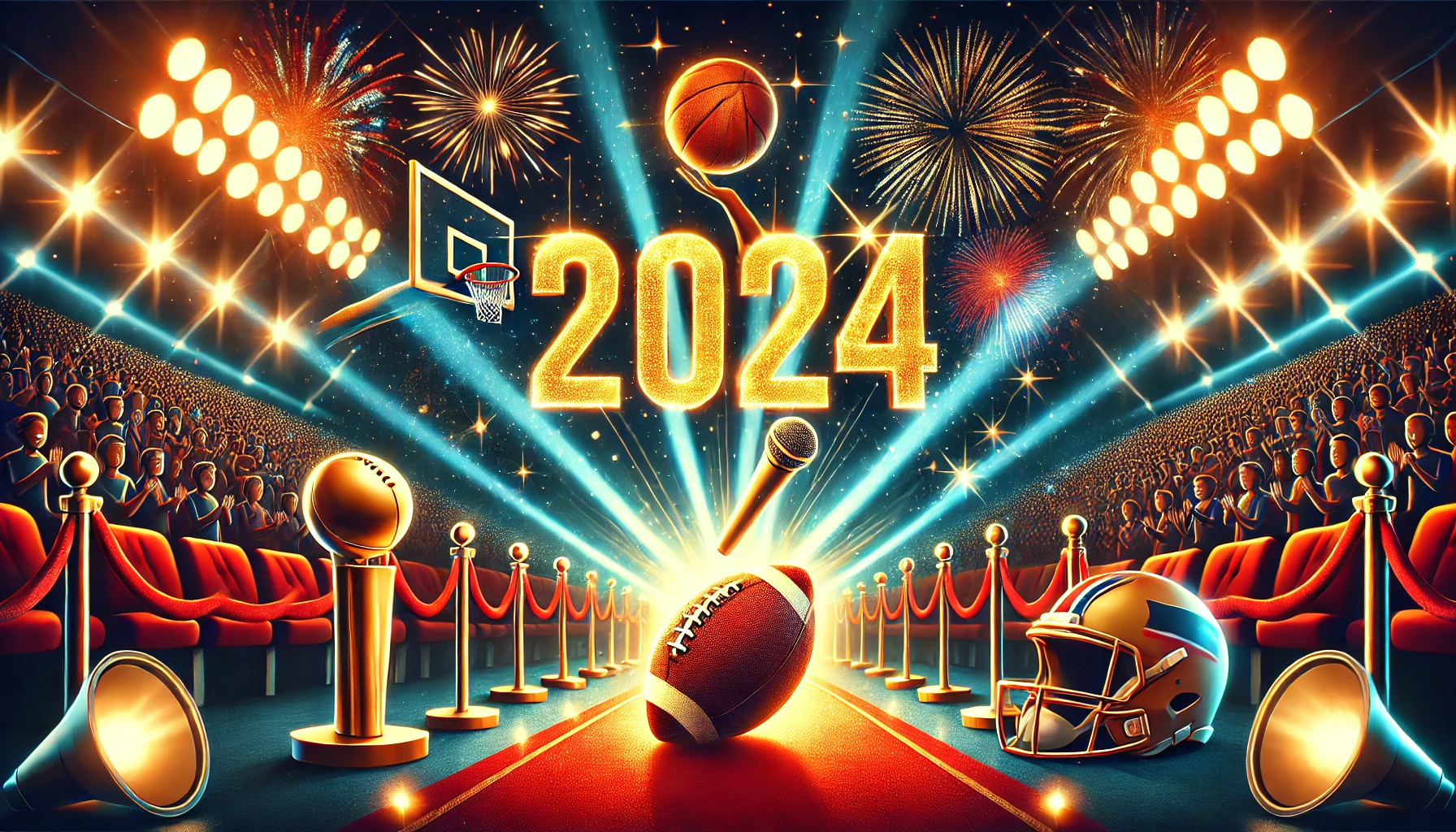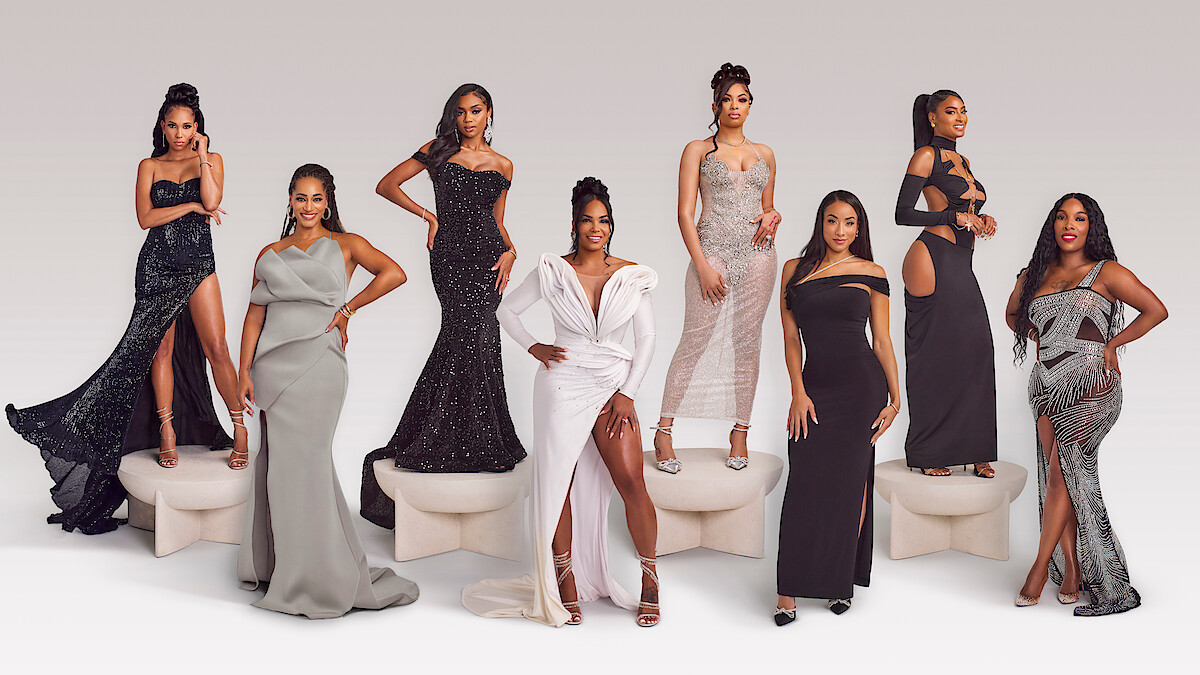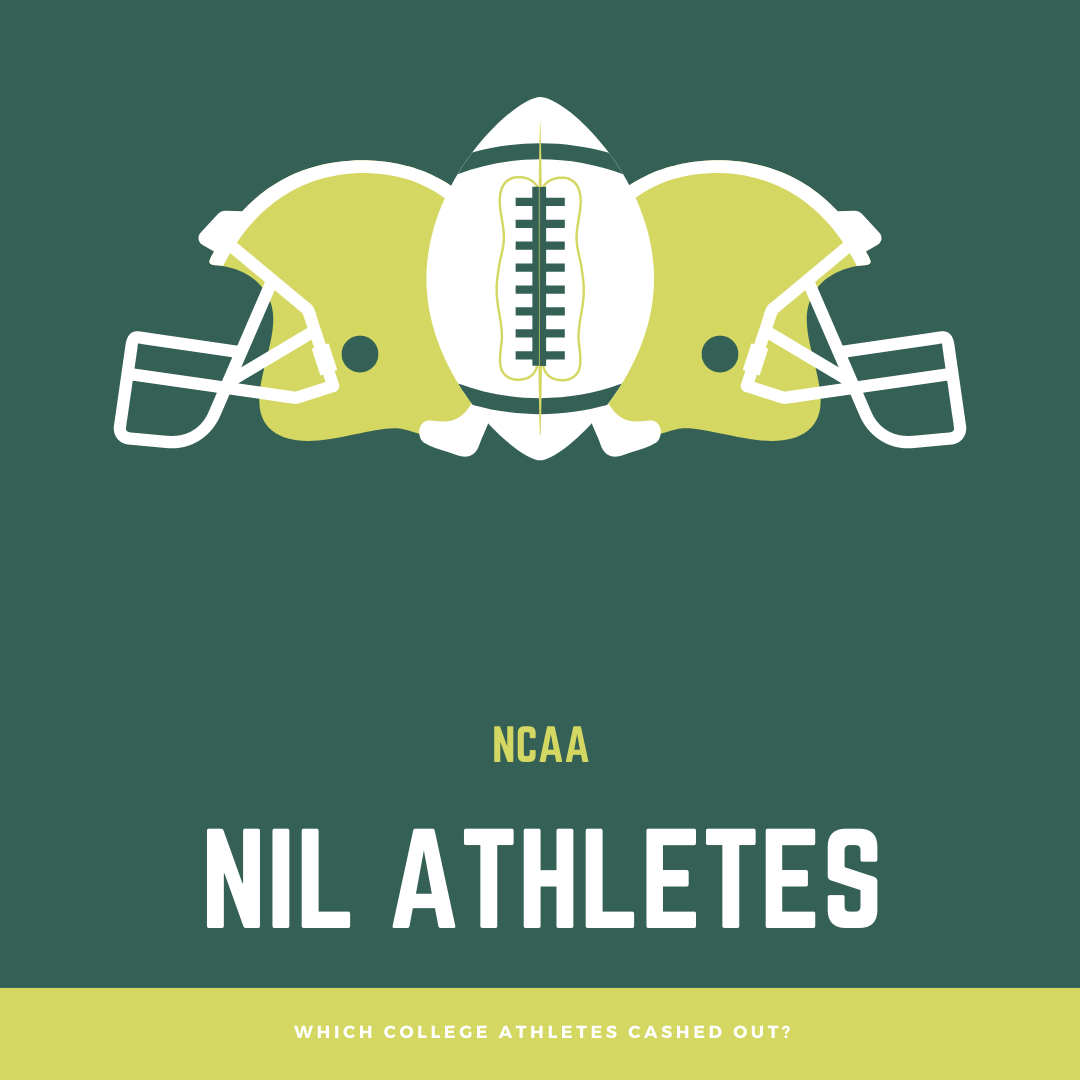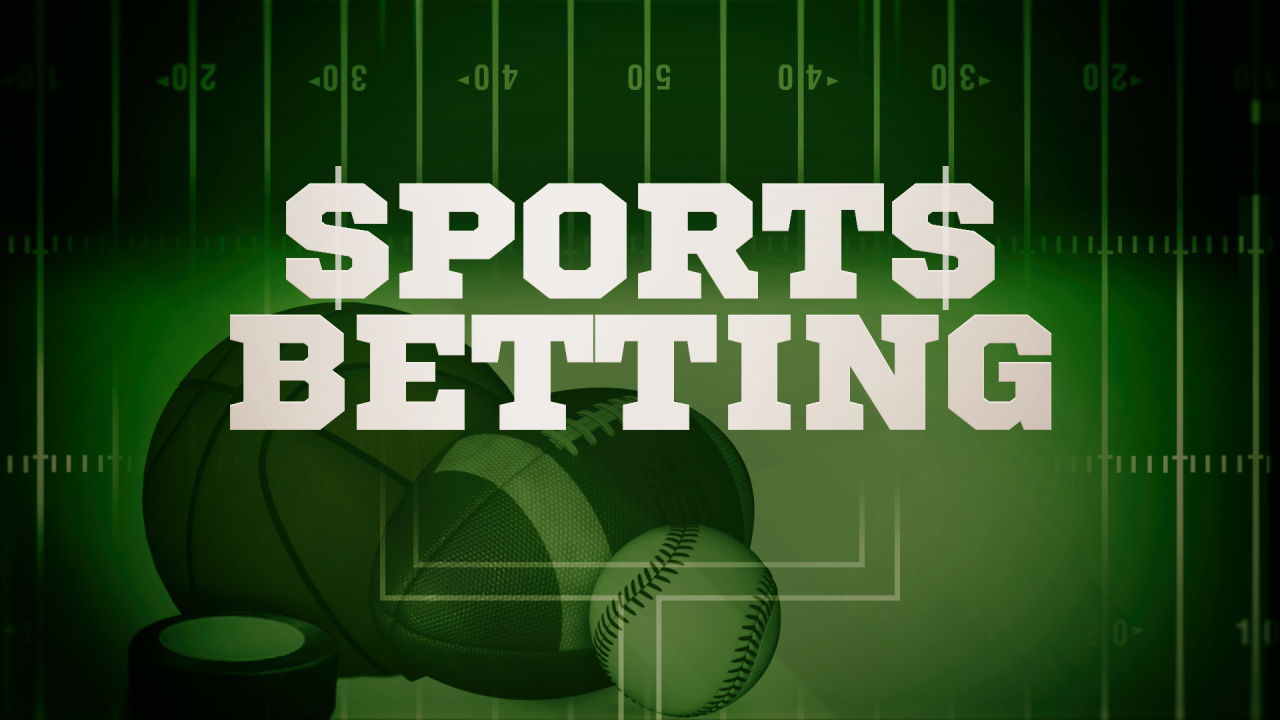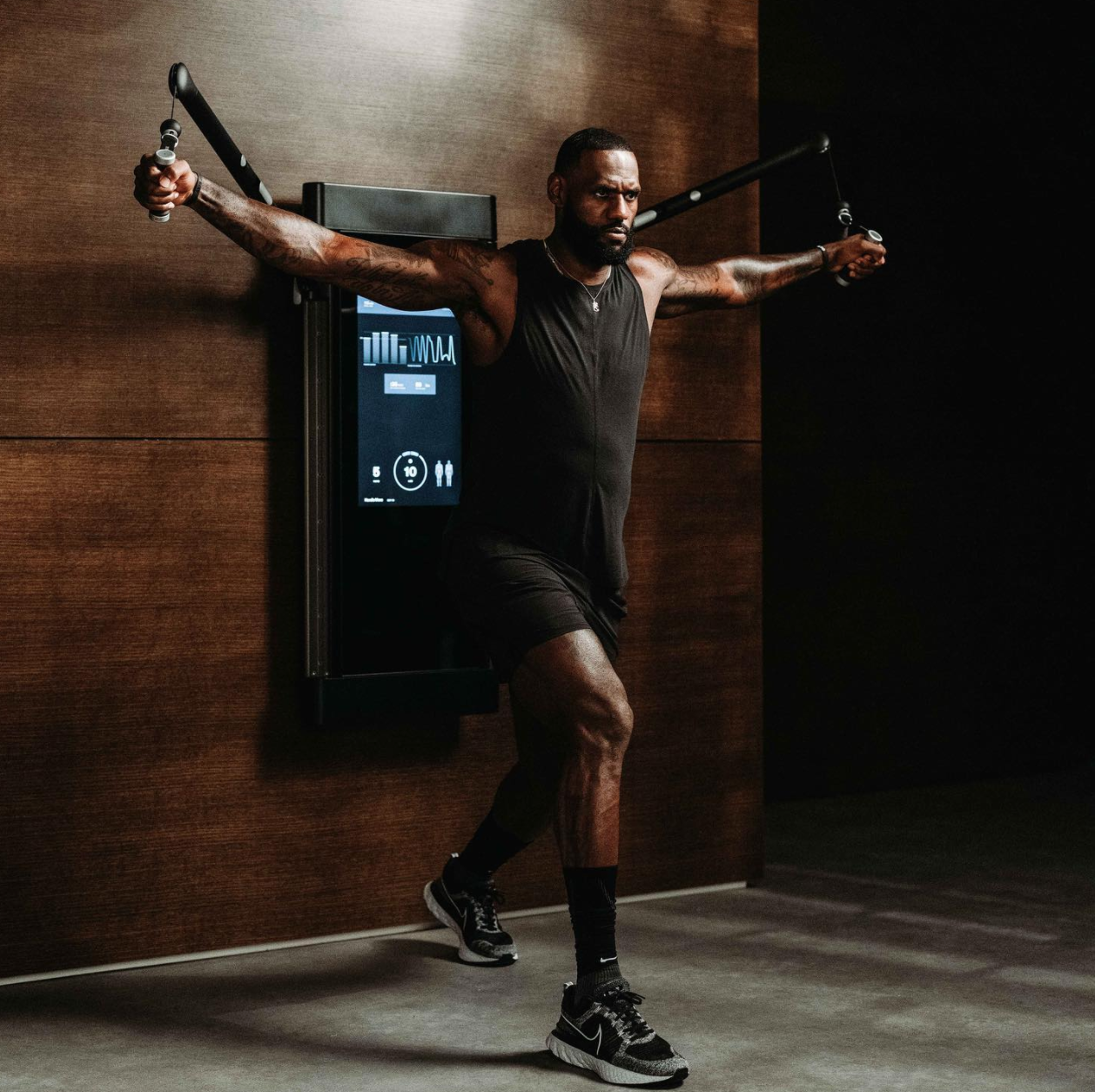The landscape of college athletics is quickly changing, and the biggest change is coming from three little letters: NIL. In June 2020, the NCAA finally allowed college athletes to profit out of their name, image, and likeness (NIL). In short, NIL allows college athletes to make money from their personal brand. They can now sign endorsement deals, profit from their personal social media channels, and sell merchandise with their name, number, and picture on it. Granted, student-athletes are still student-athletes and aren’t receiving any additional compensation from their schools. But they can finally profit off of their popularity for being a college athlete without breaking NCAA rules.
On the Recruiting Trail
One of the biggest questions regarding NIL is how it will impact the recruitment of players. In the days and weeks after it was legalized for college athletes, there were countless recruits who backed out of verbal commitments to schools and re-opened their recruitment so that they could consider NIL when making their decision. This means that many recruits will be aware of NIL possibilities when looking at their options, which will force coaches to factor NIL into their recruitment pitches.
However, it’s too soon to draw any conclusions about NIL and recruiting. After all, different states will have different rules about how NIL works. Also, there are bound to be more opportunities for endorsements from one school to the next. But it’s safe to say that NIL opportunities will be added to a long list of factors that high school athletes consider when they decide what college to attend.
How Much?
Despite this still being in the early days of NIL, plenty of athletes have cashed in on their popularity. Before he even started a game for the Crimson Tide, Alabama quarterback Bryce Young had reportedly earned close to $1 million in endorsement deals. Naturally, other college quarterbacks at marquee programs like Clemson’s DJ Uiagalelei, Auburn’s Bo Nix, and Miami’s D’Eriq King all had lucrative endorsement deals worth at least five figures before the start of the 2021 season.
But it’s not just big-name players who are getting the chance to sign endorsement deals. American Top Team, a nationwide gym chain, offered every member of the Miami football team $500 per month to endorse them. Even athletes in more low-profile sports have been able to take advantage of the new NIL rules. Wins Hanna and Haley Cavinder of the Fresno State women’s basketball team have signed multiple endorsement deals thanks to their large social media following.
A-Level brands are also joining the NIL Party…UConn women’s basketball player Paige Bueckers became the first-ever NCAA athlete signed by GATORADE. UCLA women’s soccer Player Reilyn Turner was the first-ever NCAA athlete signed by NIKE.
Crypto companies and NFTs are in the mix as well. Shareef O’Neal, son of Basketball Hall of Famer Shaquille O’Neal, has signed a long-term NIL deal with NFT Genius, per Forbes. The LSU forward will launch a new line of NFTs telling both his and his family’s story. O’Neal will donate a portion of February proceeds to the American Heart Association.
Pro athlete brands are giving deals too. Steph Curry inked and UConn freshman Azzi Fudd have a deal in place, and Tom Brady recruited 10 athletes to promote his new apparel brand.
Of course, this doesn’t mean that every athlete is getting rich. The average NIL compensation for a college athlete is around $400. At the Division I level, the average is $471 while the average Division III athlete makes just $47. Roughly 46% of the money coming in relates to social media promotions while close to 30% comes from players licensing their NIL rights.
The breakdown of deals over the first six months has football athletes leading NIL deals with 47% of the earnings. Women’s basketball was next at 27%, Men’s basketball at 15%, with women’s volleyball and baseball making up 3%.
The Future
There is little doubt that NIL in college sports is here to stay, but what shape it’ll take remains to be seen. Over time, certain details will be ironed out to make sure that athletes aren’t taken advantage of or taking advantage of the situation themselves. With the laws being different across different states, it could take a while for everyone to get on the same page and for things to be equal across the board.
However, there is no doubt that people are paying attention and working to shape the future of NIL. For instance, Nike co-founder Phil Knight has started an initiative at the University of Oregon to help athletes navigate the uncharted waters that are NIL. Knight has brought former Oregon athletes on board, including Sabrina Ionescu, who was the top overall pick in the 2020 WNBA Draft, to help guide current Oregon athletes. If Knight’s endeavor Division Street works out, similar organizations at schools across the country could help to guide the future of NIL in college sports.
What is an N.I.L in college sports?
NIL stands for name, image and likeness. It allows for college athletes to monetize their personal brands
